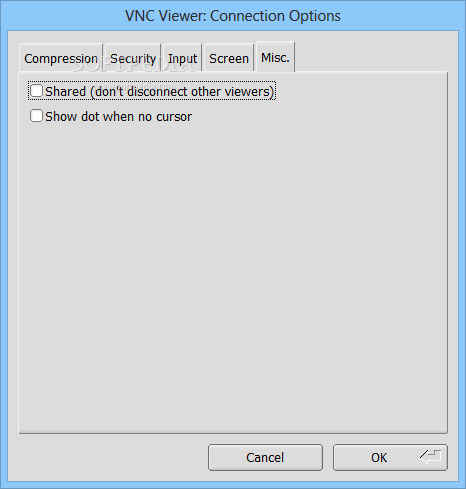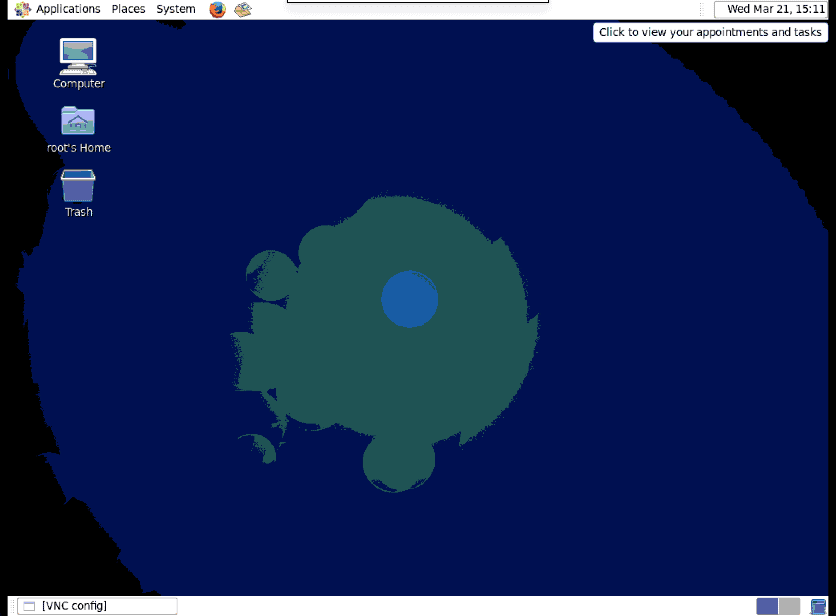
You can test by rebooting your Linode and connecting to the VNC server. # For example, you can run a backup of all your user accounts # at 5 a.m every week with: # 0 5 * * 1 tar -zcf /var/backups/home.tgz /home/ # For more information see the manual pages of crontab(5) and cron(8) # m h dom mon dow command /usr/bin/vncserver :1 # Output of the crontab jobs (including errors) is sent through # email to the user the crontab file belongs to (unless redirected). # Notice that tasks will be started based on the cron's system # daemon's notion of time and timezones. # Each task to run has to be defined through a single line # indicating with different fields when the task will be run # and what command to run for the task # To define the time you can provide concrete values for # minute (m), hour (h), day of month (dom), month (mon), # and day of week (dow) or use '*' in these fields (for 'any'). # Edit this file to introduce tasks to be run by cron. This section will configure VNC to launch the full Unity desktop when it starts.Īfter you’ve successfully connected, exit the connection. In the next section, we will configure your Linode to launch a full desktop. You’ll see a blank gray screen since the desktop processes have not yet started. In the password section fill in the password you specified in Secure your VNC Connection: The :1 in the server field corresponds to the display number. Name your profile, specify the VNC protocol, and enter localhost:1 in the server field. This guide will use Remmina, which is installed by default.Ĭlick the button to Create a new remote desktop profile. There are a variety of VNC clients available for Ubuntu desktops.

In the next section we will configure your Linode to launch a full desktop.

After connecting, you will see a blank gray screen since the desktop processes have not yet been started.


 0 kommentar(er)
0 kommentar(er)
